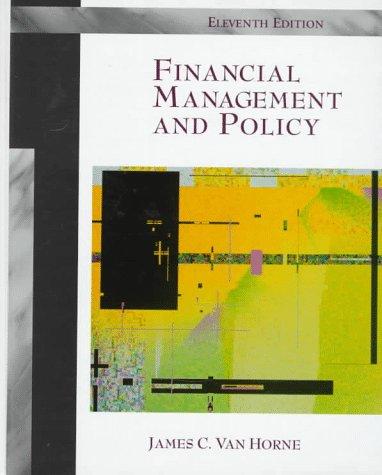

2. Today is 1 July 2019. John needs $160,000 on 1 January 2024. He plans to invest $80,000 into a fund today. John predicts that the return rate of this fund will be 1 July 2019 to 30 June 2021 j2 = 5.1% 1 July 2021 to 31 December 2023 12 = 5.3% a. Calculate the accumulated value of John's fund investment on 1 January 2024 (round your answer to four decimal places.). b. To save for remaining required amount on 1 January 2024 (the difference between the $160,000 and the accumulated value from part a), John plans to deposit % of his annual after-tax salary into a saving account on 1 July of each year from 2019 to 2023 (5 deposits in total). The saving account rates are assumed to be 0.2% per month. Assume that John's after-tax salary is $90,000 p.a. Find the value of 2 (expressed as a percentage and rounded to two decimal places). c. From John's perspective, draw a carefully labelled cash flow diagram to rep- resent the above financial transactions of parts c and d. 1. Today is 1 July 2019. Bond A is a Treasury bond which matures on 1 July 2030. One unit of bond A has a coupon rate of 12 = 3.95% p.a. and a face value of $100. John purchased this Treasury bond on 15 February 2017. The purchase yield rate was j2 = 3.85% p.a. Calculate The purchase price of one unit of bond A Round your answer to three decimal places. The price of both bond A should be calculated by using the RBA method. You should refer to week 3's materials for this RBA method. Here is the marking guide. One mark for the correct number of days between 1/1/2017 and 1/7/2017. One mark for the correct number of days between 15/2/2017 and 1/7/2017. Two marks for using correct method to find the price on 1/7/2017. Only give one, if the method is partially correct (e.g., using incorrect number of payments or using incorrect coupon value). One mark for including the first coupon payment Two marks for the correct final answer (only give one, if the answer has not been rounded to three decimal places. Here is the answer from one student. How many marks should we give for this answer? P=1/4 x ((1+1=1") + 1002" 27 1+i n=25 i = 0.01925 c= 100 x 0.0395/2 = 1.975 f = 136 (15/2/20171/7/17) d=183 (1/1/20171/7/17) P= 101.503 2. Today is 1 July 2019. John needs $160,000 on 1 January 2024. He plans to invest $80,000 into a fund today. John predicts that the return rate of this fund will be 1 July 2019 to 30 June 2021 j2 = 5.1% 1 July 2021 to 31 December 2023 12 = 5.3% a. Calculate the accumulated value of John's fund investment on 1 January 2024 (round your answer to four decimal places.). b. To save for remaining required amount on 1 January 2024 (the difference between the $160,000 and the accumulated value from part a), John plans to deposit % of his annual after-tax salary into a saving account on 1 July of each year from 2019 to 2023 (5 deposits in total). The saving account rates are assumed to be 0.2% per month. Assume that John's after-tax salary is $90,000 p.a. Find the value of 2 (expressed as a percentage and rounded to two decimal places). c. From John's perspective, draw a carefully labelled cash flow diagram to rep- resent the above financial transactions of parts c and d. 1. Today is 1 July 2019. Bond A is a Treasury bond which matures on 1 July 2030. One unit of bond A has a coupon rate of 12 = 3.95% p.a. and a face value of $100. John purchased this Treasury bond on 15 February 2017. The purchase yield rate was j2 = 3.85% p.a. Calculate The purchase price of one unit of bond A Round your answer to three decimal places. The price of both bond A should be calculated by using the RBA method. You should refer to week 3's materials for this RBA method. Here is the marking guide. One mark for the correct number of days between 1/1/2017 and 1/7/2017. One mark for the correct number of days between 15/2/2017 and 1/7/2017. Two marks for using correct method to find the price on 1/7/2017. Only give one, if the method is partially correct (e.g., using incorrect number of payments or using incorrect coupon value). One mark for including the first coupon payment Two marks for the correct final answer (only give one, if the answer has not been rounded to three decimal places. Here is the answer from one student. How many marks should we give for this answer? P=1/4 x ((1+1=1") + 1002" 27 1+i n=25 i = 0.01925 c= 100 x 0.0395/2 = 1.975 f = 136 (15/2/20171/7/17) d=183 (1/1/20171/7/17) P= 101.503








